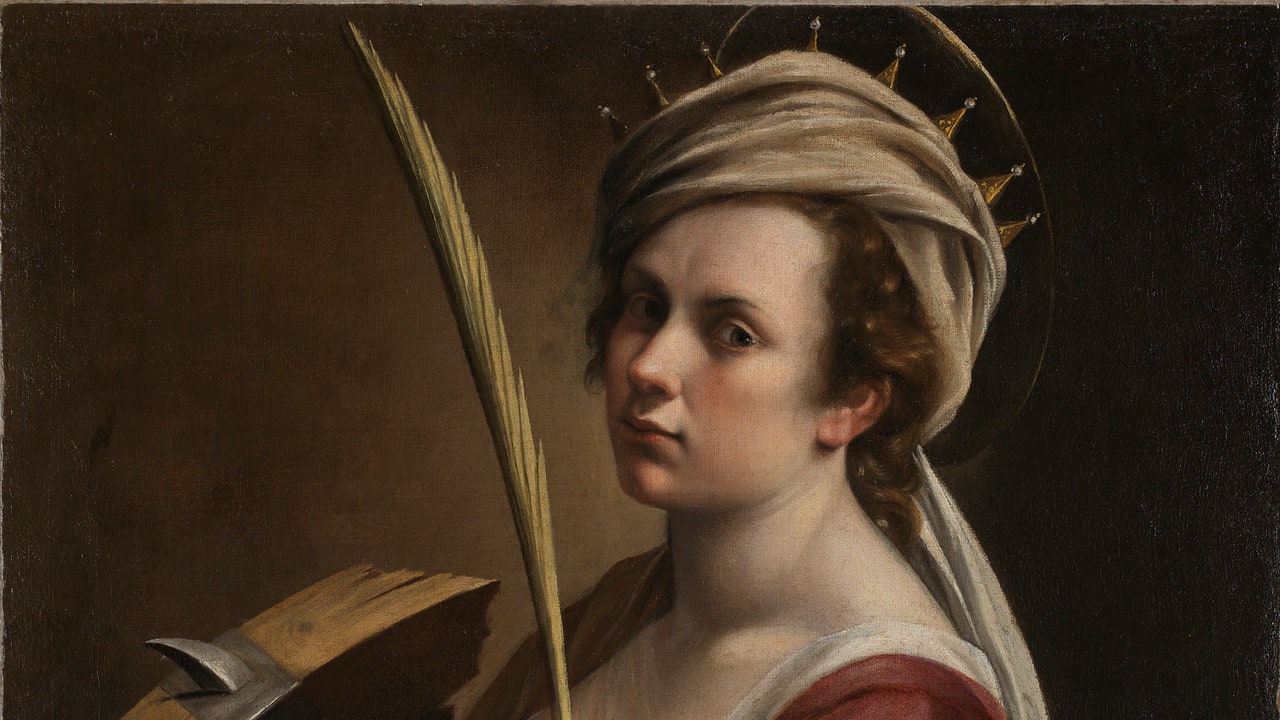In July 2018, London’s National Gallery acquired a self-portrait by the Baroque artist Artemisia Gentileschi, featuring the painter in the guise of Saint Catherine of Alexandria. Almost immediately, it drew an unprecedented level of media attention. First of all, there was its £3.6 million price tag. Then, there was the fact it was painted by one of the greatest artists of the 17th century who just so happens to be a woman, marking only the twentieth painting by a female artist within the gallery’s collection of over 2,300 works.
Third, and perhaps most intriguingly, was its concurrence with the height of the #MeToo movement—a timely detail that didn’t go unnoticed given Gentileschi’s identification with the Old Testament’s most vengeful women, from Judith to Susannah, and the parallels with Gentileschi’s own tumultuous life story that preceded them.
Yet according to Letizia Treves, the curator who oversaw the acquisition and has now built a groundbreaking exhibition around the painting that charts Artemisia’s career with unprecedented depth and sensitivity, this was entirely coincidental. “I’ve been extremely reluctant to mention the #MeToo movement because ironically, it had nothing to do with that,” says Treves. “It was a natural question that came to mind, but we had had her on our wishlist for a very long time. We waited for the right picture to come along, and it just so happened it was right then and there.”
So goes the eternal dilemma of staging an exhibition on Gentileschi: specifically, how to balance her technical virtuosity and piercing psychological intuition as a painter with her undeniably fascinating biography. With just 15 months to put a show together, however, Treves set about building the National Gallery’s first major solo exhibition dedicated to a female painter with a different agenda in mind. “I made a very conscious decision early on that it would be extremely selective,” Treves adds. “There wasn’t a B-list. Every object plays a really important role and if I wasn’t able to get that object, there wasn’t something that could replace it. It was this list, or that’s it. It meant the whole process of requesting works was much more straightforward. I really went for it.”
The end result is an exhibition that impresses with its carefully considered narrative, providing the most comprehensive overview of Gentileschi’s career ever staged. “With Baroque pictures, which are usually very forceful, I’m a brave believer in less is more,” Treves adds. “The pictures are incredibly powerful and you need to let people absorb each painting. If you cram the gallery with too much it actually ends up being counterproductive.” Appropriately, when entering the first room, one of Gentileschi’s most visceral pictures hangs front and center: her unique interpretation of the biblical tale of Susanna and the Elders.
